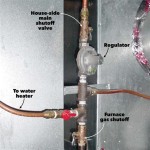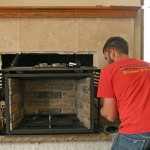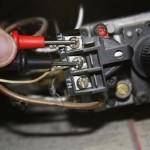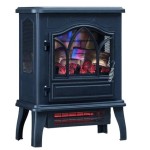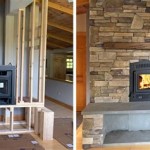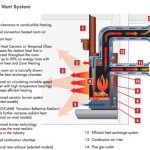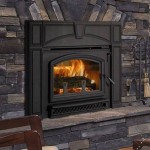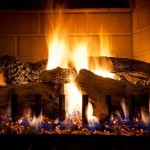Gas Log Fireplaces: A Guide to Modern Convenience and Ambiance
Gas log fireplaces offer a captivating blend of traditional aesthetics and modern convenience. These innovative fixtures replicate the charm and warmth of a real wood-burning fireplace, but without the hassle of chopping wood, cleaning ash, or dealing with smoke. Gas logs burn natural gas or propane, providing a clean and efficient source of heat and a mesmerizing flame.
Understanding Gas Log Fireplaces
Gas log fireplaces are designed to provide a realistic flame and crackling sounds, reminiscent of a real wood-burning fireplace. They typically consist of ceramic or refractory logs that are arranged on a grate or hearth. The logs are heated by a burner system, which is fueled by natural gas or propane. The flame can be adjusted for intensity, creating a range of visual effects. Modern gas log fireplaces often include features like remote control, thermostats, and safety mechanisms.
Advantages of Gas Log Fireplaces
Gas log fireplaces offer several advantages over traditional wood-burning fireplaces, making them a compelling choice for homeowners seeking both warmth and convenience. These advantages include:
1. Convenience
Gas log fireplaces are easy to operate. Simply turn a knob or use a remote control to ignite the flames. There's no need to gather wood, build a fire, or clean out ashes. The fireplace can be lit instantly and provides warmth and ambiance within minutes.
2. Cleanliness
Gas log fireplaces produce minimal ash and smoke, making them a cleaner option compared to wood-burning fireplaces. They contribute less to indoor air pollution and require less maintenance, eliminating the need for frequent chimney cleaning.
3. Efficiency
Gas log fireplaces offer high energy efficiency, converting a significant portion of the fuel into heat. This makes them a cost-effective heating solution, especially when compared to electric fireplaces. Many models feature thermostats that allow users to control the temperature, maximizing efficiency.
4. Safety
Gas log fireplaces are generally considered safer than traditional wood-burning fireplaces. They are equipped with safety features such as pilot lights, flame sensors, and thermal shut-off mechanisms that prevent accidental fires. These mechanisms ensure that the flames are ignited and extinguished safely.
5. Versatility
Gas log fireplaces are available in various styles and sizes to suit different aesthetics and space constraints. They can be installed in existing fireplaces or as standalone units and can incorporate various design elements, including decorative surrounds, mantles, and hearths.
Choosing the Right Gas Log Fireplace
Selecting the right gas log fireplace depends on factors such as your budget, space requirements, desired aesthetics, and heating needs. Some key considerations include:
1. Fuel Type
Choose between natural gas or propane, depending on availability and cost in your area. Natural gas is often more economical, while propane offers greater portability.
2. Size and Style
Consider the size of your room and the desired aesthetic. Gas log fireplaces are available in various sizes and styles, from small, modern designs to large, traditional fireplaces.
3. Features
Explore features such as remote control, thermostats, and safety mechanisms to enhance convenience and safety. Consider the level of sophistication and automation you desire.
4. Installation
Determine if you require professional installation. Professional installation ensures proper venting and safety compliance, guaranteeing a smooth and efficient operation of your gas log fireplace.
Conclusion
Gas log fireplaces offer a captivating blend of traditional aesthetics and modern convenience, providing warmth, ambiance, and efficiency without the hassle of traditional wood-burning fireplaces. With careful consideration of factors such as fuel type, size, features, and installation, you can choose a gas log fireplace that perfectly suits your needs and enhances your home's comfort and style.

Napoleon Gl18e Vented Gas Log Set 18 Inch

Napoleon Gl28 Reversible Vented Gas Log Set 28 Inch

Gas Log Fireplaces Jetmaster

Napoleon Reversible Vented Gas Log Set Logs Stove Hearth Patio

Vented Gas Logs Heater Or Decorative Bart Fireside

Gas Logs Guide

Rinnai 750 Gas Fire Barbecue Bazaar

Procom 18 In Vented Natural Gas Fireplace Log Set 210016 The Home Depot

Enviro Inbuilt Gas Log Fire Fireplace Range Living

Fireplaces Inserts Wood Gas Fireplace Xtrordinair
Related Posts

